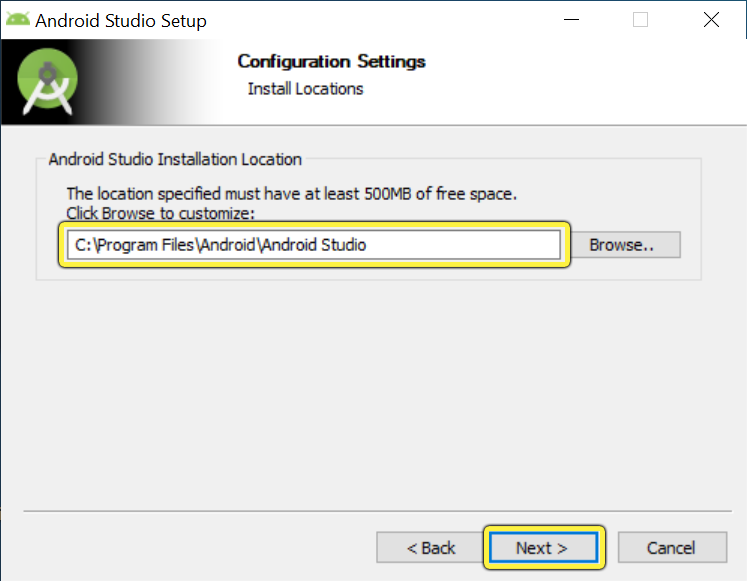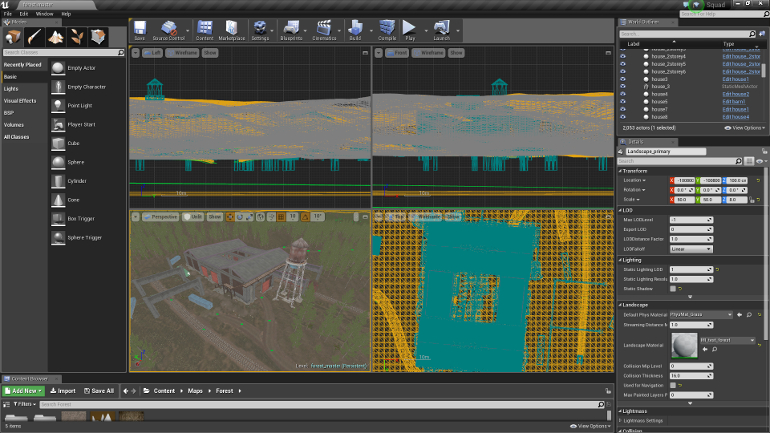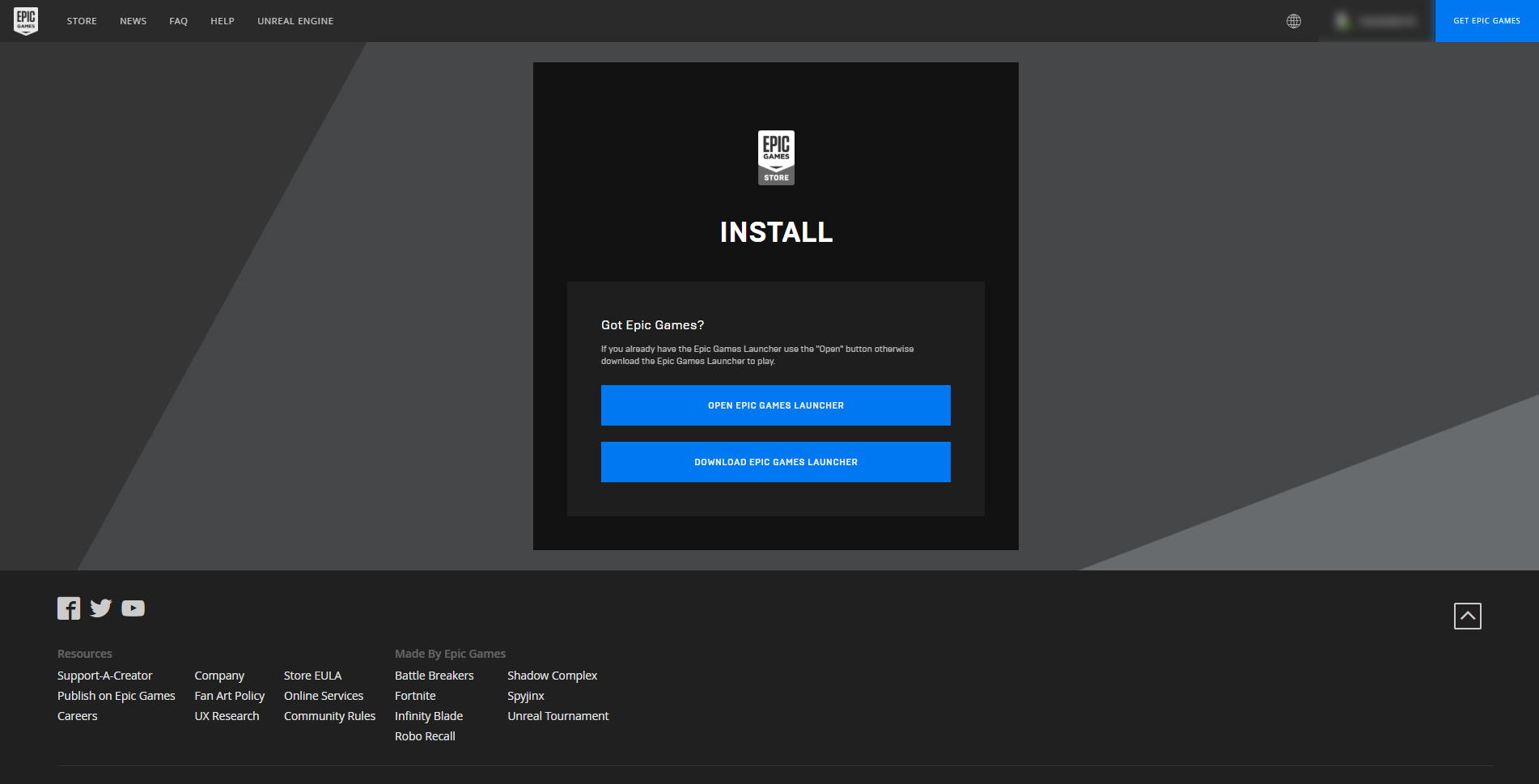

Note: In order for the From Alpha Translucency Mode to achieve accurate transparency of foreground objects, your application must use Premultiplied Alpha in its materials rather than standard alpha blending (as standard alpha blending operations are not associative). An important note on performance is that this requires an extra capture of the scene due to engine limitations, as well as some attention paid to what values your transparent shaders are writing to the alpha channel (see the note below).

Unreal sdk windows#
The MixCast SDK for Unreal offers several options for dealing with transparent object blending in your experience, accessible within your Project Settings under the Translucency Mode option: JetBrains Rider is a powerful and fast IDE for Unreal Engine and Windows C++ development. This allows for what could be described as an ‘AR’ effect within MixCast since there will then only be select virtual props visible in the output.

Usually the case for VR experiences.Ĭan Render Transparent BG: If enabled, tells MixCast that your experience doesn’t have/can hide its skybox, etc so that MixCast to populate the background of the scene from another source (probably a physical video input feed).
Unreal sdk how to#
Information about how to configure this option can be found here.Ĭan Render Opaque BG: If enabled, tells MixCast that your experience can render a skybox, etc for MixCast to populate the background of the scene completely. Translucency Mode: This option defines how the foreground layer’s translucent objects are handled. Planar uses the Global Clip Plane functionality in Unreal to cut off at a uniform depth value. Per Pixel means that MixCast can supply a depth value for each pixel of the output and cut off the background precisely based on that data. Clip Mode: This option defines how the foreground layer of the experience is generated.


 0 kommentar(er)
0 kommentar(er)
